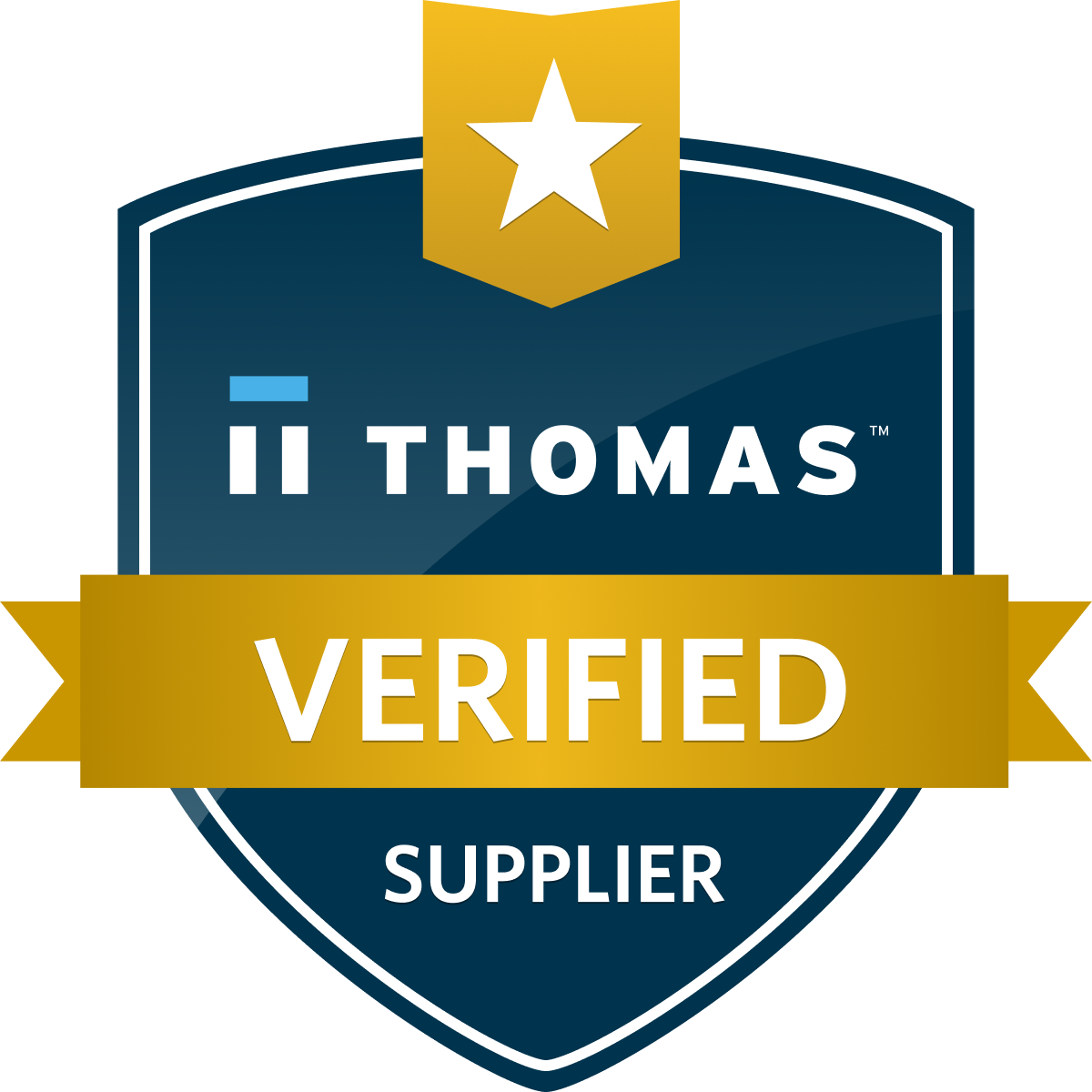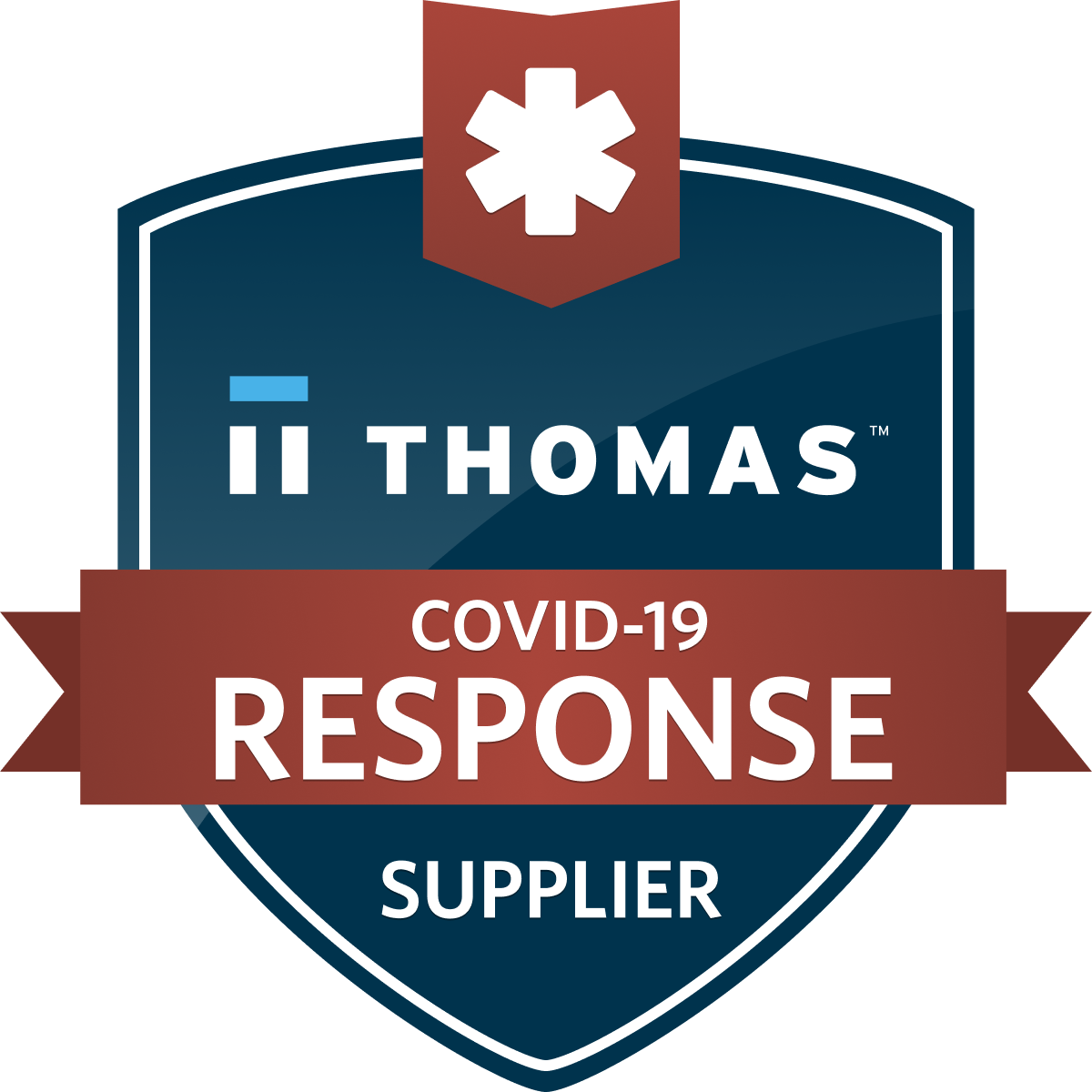Products
- Card Edge Connectors
- RECTANGULAR CONNECTORS
- D-Sub Connectors
- Machined D-Sub Connectors
- Power Combo D-Sub Connectors
- Parallel Port D-Sub Connectors
- Waterproof D-Sub Connectors
- DB9 Connector
- DB15 Connector
- DB25 Connector
- Vertical PCB D-Sub Connector
- D-Sub Panel Cut-outs
- Cable Wire D-Sub Connector
- PCB D-Sub Connector
- Right-angle PCB D-Sub Connector
- Backshells or Hoods, and Caps for D-Sub Connectors
- D-Sub Connector Housings
- D-Sub Connector Contacts
- Modular & Magnetic Jacks
- USB Connectors
- HDMI Connectors
- INLINE CONNECTORS
- HEADER CONNECTORS
- Spring Loaded Connectors
- Waterproof Connectors
- Cable Assemblies
- Custom Connectors
Interconnects Role in IoT Applications
In this article, learn about the importance of interconnects in IoT designs, how they should be selected, and how their future may look.
What role do interconnects play in IoT Applications?
No one knows exactly when the first IoT devices came online; one reason for this is that many engineers struggle to agree on what exactly counts as an IoT device. For example, early definitions of an IoT device are one that is able to connect to the internet and provide sensory data. However, this definition would apply to desktop PCs and laptops. Other definitions would describe IoT devices as being basic in nature with either no or limited operating systems that can connect to the internet — again, modern IoT devices can run complex systems such as Linux.
But if there is one fact that we can all agree on, it’s that IoT devices are basic in nature when compared to desktop PCs, do have some level of internet connectivity, and generally run off an MCU or low-energy MPU. Such devices would include security cameras, doorbell buttons, environmental controls, and even IoT toasters, all of which run their own specific application and can be controlled over the internet.
Early IoT devices would often be manufactured on a single PCB with one side of components, as this not only simplified their manufacturing but also kept costs down significantly (something which is important in an IoT device). Furthermore, interconnects in such designs played trivial roles, including board-to-battery and board-to-display, so as to simplify manufacturing (that and a general lack of need).
Figure 1 - Early IoT devices utilized few components, had a basic design, and would typically fit on a single PCB, such as the ESP8266.
However, as the capabilities of IoT devices increased, so did the complexity of IoT designs, with increased bandwidth, smaller designs, and the use of more complex manufacturing techniques. For example, the introduction of edge computing whereby IoT devices can process data locally is providing applications with significantly lower latencies.
However, running complex algorithms (such as AI) locally on IoT devices introduces the need for far greater bandwidths, especially when considering that modern IoT devices can be connected to data-heavy devices such as camera modules. Considering that such data-heavy devices can be mounted separately from a central controller (which can help with simplifying the manufacturing processes), the need for high-bandwidth interconnect options becomes critical.
The same is true for the rise of System-on-Modules, which are also changing how engineers design IoT products. Instead of trying to mount all components onto a single PCB, an entire system can be integrated onto a module which is then mounted onto a PCB motherboard. This design topology allows for engineers to make changes to the module without affecting the motherboard, but such designs require an interconnect system that can support massive bandwidths across multiple contacts.
Figure 2 - Modern devices can consist of multiple circuit boards and modules. Image by Xilinx.
Finally, the shrinking nature of electronics also puts massive constraints on interconnects. In many cases, connectors can be some of the largest parts on a PCB, and therefore introduce challenges for engineers when trying to reduce PCB size. But making an interconnect smaller not only impacts its current capabilities but can also introduce challenges with high-speed signals when considering noise and EMI.
When taking all these factors into account, it becomes clear that interconnects play a critical role in modern IoT designs. This importance will only continue to increase as designs are reduced in size while having their performances increased.
What considerations must be made when choosing interconnects?
When choosing an interconnect solution for a next-generation IoT design, by far the biggest consideration that needs to be made is the solution’s electrical characteristics. Simply put, it is essential that the chosen solution can meet the voltage, current, resistance, and power requirements that the end design will require. Fortunately, IoT designs rarely have large power and voltage requirements, but considering that smaller interconnects will have reduced ratings (compared to larger variations), these factors still need to be thoroughly checked.
With the electrical characteristics considered, the next consideration that needs to be made is whether the chosen solution has suitable bandwidth and signal type capabilities. For example, applications involved with camera feeds will need to ensure that interconnects responsible for transmitting image data can operate at the necessary speeds. Such interconnects also need to be able to support used signal types, such as differential (commonly found in USB connectors).
Designs with analog signals also need to ensure that the chosen interconnect solution can support analog. This can be realized in the form of low resistance and special EMI shielding, which eliminates the challenges presented by external electrical interference (this can be critical in applications dealing with battery measurements).
The environment that an IoT device is used in will also greatly affect the interconnect solution chosen. Outdoor environments, for instance, will be subjected to large humidity and temperature changes, requiring appropriate protection. However, those used in factory environments may require an exceptionally high IPX rating. Applications involved in the marine sector will be subjected to salt spray, and therefore experience significant corrosions — those used in mechanically demanding environments will be subjected to all kinds of forces and vibrations.
Figure 3 - EDAC’s 690W Waterproof Series of USB connectors provides excellent environmental sealing.
Another critical factor when choosing interconnects is the number of supported mating cycles. Interconnects used between a module and carrier PC may not be expected to undergo so many reconnects, but a charging port can expect hundreds, if not thousands, throughout its lifespan.
The ever-shrinking size of interconnects (click here to see our article on miniaturization) also sees space and weight constraints becoming more important. One excellent case study for this is the evolution of USB cables, with older USB-A and -B connectors now being replaced with micro-USB and USB-C.
Finally, interconnects may also need to consider more unusual factors such as security and shielding. In the case of security, it may be critical for data paths in a circuit to be protected from external influence (such as between a CPU and memory module) so that data cannot be probed nor signals injected. For applications that expect to be in environments where EMI is a concern, the use of shielded interconnects can also be essential.
How will interconnects change the future of IoT development?
Undoubtedly, future IoT devices will see a gradual increase in performance, especially with the rise of edge computing and all the advantages that it brings to designs (such as lower latency and improved security). As such designs will also likely see the need for compute modules, the need for high-bandwidth interconnects between a carrier board and module will be non-negotiable.
The need for removable modules may also become critical in future IoT infrastructure such as smart cities. Considering how rapidly IoT devices are increasing in both number and complexity, installing large-scale IoT networks and devices across cities all over the globe will be met with massive logistical challenges every time new technologies that need to be integrated into existing solutions are developed.
Figure 4 - EDAC’s 473 Series provides engineers with a high-speed SMT edge connector for modules and module cards.
Thus, it may be possible for future IoT systems in smart spaces to utilize removable modules; this way, the main application processor can be upgraded, and the old one discarded without having to change the rest of the device (including off-chip memory, cameras, and sensors). In such an application, the interconnects responsible for connecting modules to the main carrier board not only need to be future-proofed (to support future high-bandwidth applications) but also allow for greater power consumption and support multiple mating cycles.
This ability to upgrade, change, and remove modules could also give rise to customizable IoT devices. The use of interconnects (such as an M.2 key) could be used in IoT devices as expansion slots, allowing customers to add unique features as needed. For example, security cameras that need to locally process data could be given an AI accelerator card — eliminating the need for a remote service to recognize authorized individuals.
Another change that IoT devices will likely see is the continuing standardization of cables. One excellent example of how such standardization is affecting electronic designs is the introduction of legislation in the EU that makes all new portable electronic devices charge using USB-C cables. Even one famous device manufacturer which has historically used its cable designs has now had to adopt USB-C into its latest range of smartphones. This is something that customers across the EU have hailed as a victory for fairness, connectivity, and even the environment.
Figure 5 - EDAC’s 699C USB-C Series can be ideal for USB connectivity.
Overall, interconnects play an important role in modern IoT devices, and as new technologies are introduced into this industry, their importance will only grow.
EDAC Resources:
Go Back











